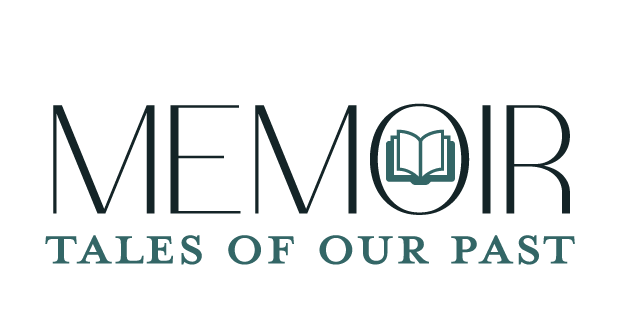If you are fortunate enough to have French Canadian ancestry, you have hit the genealogy jackpot. Those French Canadian and Acadian settlers were great record keepers, logging every birth, marriage, and death in great detail. In this article, I will lay out methods and resources to help you track your immigrant ancestors back to French Canada and Acadia. In Part 2, I will provide a template to help English speakers decode those French records…even if “Bonjour” is the extent of your French skills.
dispersion from Eastern Canada
French Canadians and Acadians…weren’t they all originally French Immigrants to Eastern Canada? Yes, but there are distinct differences. The Acadians were those of French ancestry in the Saint Lawrence River Valley (Acadie consisted of current day Nova Scotia, Prince Edward Island, New Brunswick, and eastern Maine) born between 1636 and 1755. French Canadians were persons of French ancestry born in the Saint Lawrence Valley (aka New France, Lower Canada, Canada East or Quebec).
The Acadians were forcibly removed (Le Grand Dérangement) from Acadie after the British conquest of Canada during the French and Indian War (1755-1763). Large numbers were deported to either the colonies (current US) or France. Some managed to escape to New France (Quebec) and the French Caribbean (Louisiana)–the first Cajuns. Tensions between the English and French continued in New France (Quebec) through the next century before coming to a head during the Canadian Rebellions spurred on by Louis-Joseph Papineau (read about a farmer, Siste Lavoy, who took part in the rebellion here).

Tracing your family back across the border
The most difficult part of tracing French Canadian and Acadian genealogy is often making the cross-border connection back into Canada. Border crossing records from Canada to the US did not begin until 1895, so begin by working backward and looking for US records which provide clues about your ancestors birth, marriage, and family. Here are three great places to start your search:
1. Death Records and Obituaries: Death records are often the best source of information, providing the deceased individual’s birthdate and parent names. Family Search has a great wiki on how to find US death records here. Begin your search for obituaries in local newspapers listed here.
This death record extract provides Victor Lebeau‘s parent’s names as Pascal (Lebeau) and Marie Corbeil. An estimated birthdate can be extrapolated by subtracting the death date (Oct 2, 1907) from his age at the time of death (77 years, 0 months, and 24 days).
2. Census Records: Extended families often immigrated together, lived in close proximity and married those who lived nearby. Don’t stop with your direct ancestors’ census records. Make sure to see if they have relatives living nearby and gather the census records for their siblings. Elderly parents often moved in with one of their children.
3. Naturalization Records: In order to become a naturalized US citizen, immigrants needed current citizens to swear under oath that the petitioner is:
- personally known to them
- known to have lived continuously in the US a particular number of years (number of years varied by law at the time of filing)
- known to have lived in the state for a particular number of years (number of years varied by law at the time of filing)
- known to be a person of good moral character
- attached to the principles of the Constitution
- qualified to be admitted as a citizen of the US
Often these witnesses were either family members or close friends.

searching french Canadian records – where to begin
Now that you have some basic information about your ancestor’s early life, what next? There are numerous sources for French Canadian and Acadian genealogical research. If you don’t mind spending a bit to make your life substantially easier, I recommend two websites, Drouin Institute (Genealogy Quebec) and PRDH (Research Program in Historical Demography).

Begin your search at Genealogy Quebec for more recent immigrants. If you are searching for records before 1850, I recommend going directly to the PRDH site and perform a vital events search. Start by entering your ancestor’s surname into the “Name” field. Once you enter a surname, a list of nicknames (also known as dit names) will pop up on the right side of the screen. Click on the top nickname to add it to the search criteria and select “or” from the and/or dropdown. If you don’t find the records you are looking for try new searches working your way down the next few dit names on the list. For more information about dit names see my story about Gregoire Deblois.

When I searched for Victor Lebeau’s birth certificate using information from his death record (pictured above), I also included his first name and birth year. His birth record was recorded under his dit name. If I had only searched for Lebeau (without his dit name) I may never have found the correct record.


Once you establish the family and parish in French Canadian records search the PRDH Dictionary, which provides family lineages all the way back to emigration from France.
Stay tuned for Tracing your French Canadian Ancestry, Part 2 to learn how to decode French records, like the baptism document above.
sources and additional resources
How to Tell if Your French-Canadian Ancestors Include Acadians
French Colonial Expansion and Franco-Amerindian Alliances
PRDH (Research Program in Historical Demography)
Drouin Institute (Genealogy Quebec)
Tanguay’s Genealogy of Canadian Families
Canadian Census Records:
Census of the City of Quebec (1792-1806)
Census of Lower Canada (1825-1851)
Family Search Canadian Census Records
Other Books:
Our Tangled French Canadian Roots




